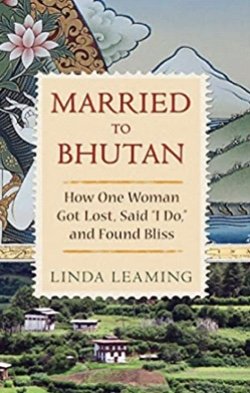Kuhaku & Other Accounts from Japan edited by Bruce Rutledge (Chin Music Press)
When Bruce Rutledge, after living in Japan for fifteen years, thought briefly of writing essays about his time there, he realized “it’s been done to death...Who needs the views of another lanky Westerner?” Instead he “brought together a group of writers--a mix of Westerners and Japanese--who probably wouldn’t even get along if they were stuck in the same room.”
The result is a volume that’s outstandingly gorgeous as an object and delightfully eccentric in its multiple points of view. Not your ordinary essay collection, Kuhaku also contains short stories, paintings, a map that’s a single line of stark black ink and lists the businesses, over a hundred of them, crammed into one street, a satirical advice column, a gallery of canned coffee, each can described in the language of usually used for wine tastings, and an anecdotal glossary that’s illustrated by peyote, an artist whose drawings resemble a kinder, jollier Ralph Steadman. This book is dizzying.
Kuhaku is defined as “a blank, empty space, a vacuum, a void, a tabula rasa” which means every reader can decide for themselves what the theme of the book might be. The opening essay provides one possibility with an expat’s claim that the even-tempered nature of Japan goes against the soul’s need for upheaval and tempestuousness. That assertion is backed up later by keruru, a newly-coined word defined as a sudden violent act that erupts when a person reaches a breaking point.
An upheaval of sorts is found in every piece that follows. It’s expressed benignly when an American tells of the confusion he causes in public by addressing his dog in Japanese as well as in English. It teeters on a kind of domestic insanity when a woman confesses to turning a bathroom into a storage unit for unclassifiable garbage, rather than facing public humiliation by putting it in the wrong trash bin. A short story by a Japanese writer, portraying a husband who explores the sex trade first-hand while writing a magazine article, is counterpointed throughout the book by translations of interviews with unfaithful wives. Modern-day Dharma Bums come perilously close to burning down a three-hundred-year-old wooden temple and Haruki Murakami explains why young Japanese men engage in “father-hunting,” when they set upon middle-aged salary men and beat them up in the street.
Grim? Oddly enough, not at all. Somehow every upheaval seems as natural as an earthquake, coming unexpectedly and releasing pressure before resulting in a tsunami. The elegance of the book itself--its compact size, its embossed cloth cover, the tiny illustration that ornaments a title page for every piece--makes it a sensory pleasure, while its glossary gives it a thoroughly unexpected conclusion, a splendid potpourri of stories, descriptions, facts, words of warning, and even a couple of recipes.
Somehow without ever nailing down a linear description of what it is to live in Japan, Kuhaku gives a vivid, impressionistic sense of how that life would feel. The first book published by Rutledge’s Chin Music Press, it’s set a standard that his small press has continued to nurture: books that find and reveal unexplored territory with skill, care, and beauty.~Janet Brown







